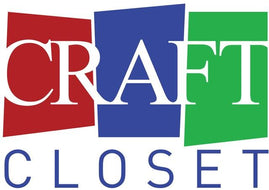I am going to just start right out with this diagram. I got this from the Glowforge Community Forum. It was designed by JB Manning5.
What this diagram is showing is the 3 main things on your laser settings that you can work with to engrave. Speed, Power and LPI.
Speed: Lower speed makes darker engraves. Higher speed will make a lighter engrave. This is because with lower speeds there is more time for the laser to hit the material.
Power: Higher power will make darker engraves. Lower power will make lighter engraves. This is because with higher power the laser has more strength when it hits the material.
LPI: Lines Per Inch is the number of lines the laser makes in an inch. Higher number of lines will make darker engraves. Lower number of lines will make lighter engraves. Also, I should point out
that higher will give you a sharper image vs. lower being more draft quality. When you engrave you can manually set all three of these settings. Some things to think about when trying to decide how to set each one: If you have a high speed (light engrave) and a low power (light engrave) it might not make much of a mark on your material. Here is an example at 1000 speed full power and 1000 speed 10% power 195 LPI.
You can see from the photo that the fast speed and high power does a pretty good job at engraving but the fast speed and low power barely makes a mark.
Here is another example. This one was done at 300 speed full power and 300 speed 10% power.
Because 300 speed is fairly slow for an engrave and full power is high this definitely is not a good setting for engrave! 300 speed 10% power makes a better mark than the 1000 speed but is still fairly light.
If you have high speed (light engrave) and a high power (dark engrave) it will be somewhere in the middle.
Here is an example of different engraves all at 195 LPI. Note that the 100 speed on both the full power and 10% power cut fully out.
Here is another example of engraves that we used on our Facebook Live this week about inlaying shell veneer. We explained on the Live how you can test inlay engraves this way.
For the shell veneer that we were using we found that 800 speed 80% power worked perfect, on our machine, with our pre-finished Baltic Birch.
Testing the material you are using to find what settings to use for engraves is a great way to get perfect engraves. A good thing to bring up here is the fact that all wood has different density. On the lower density side is Balsa wood. It is extremely easy to cut. On the higher density side is Ebony wood. It is extremely hard to cut. Most wood that we use on our lasers fall somewhere in between. Testing your material to find the perfect settings is a great way to learn about your laser too! Don’t be afraid to adjust things manually! Experimenting is fun!
